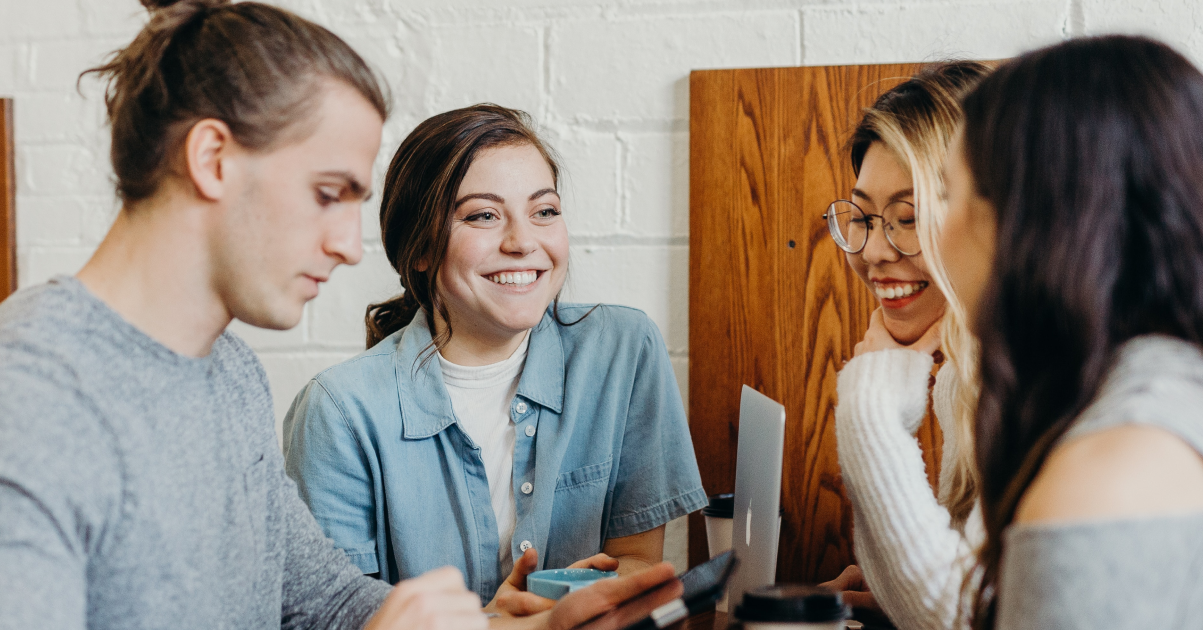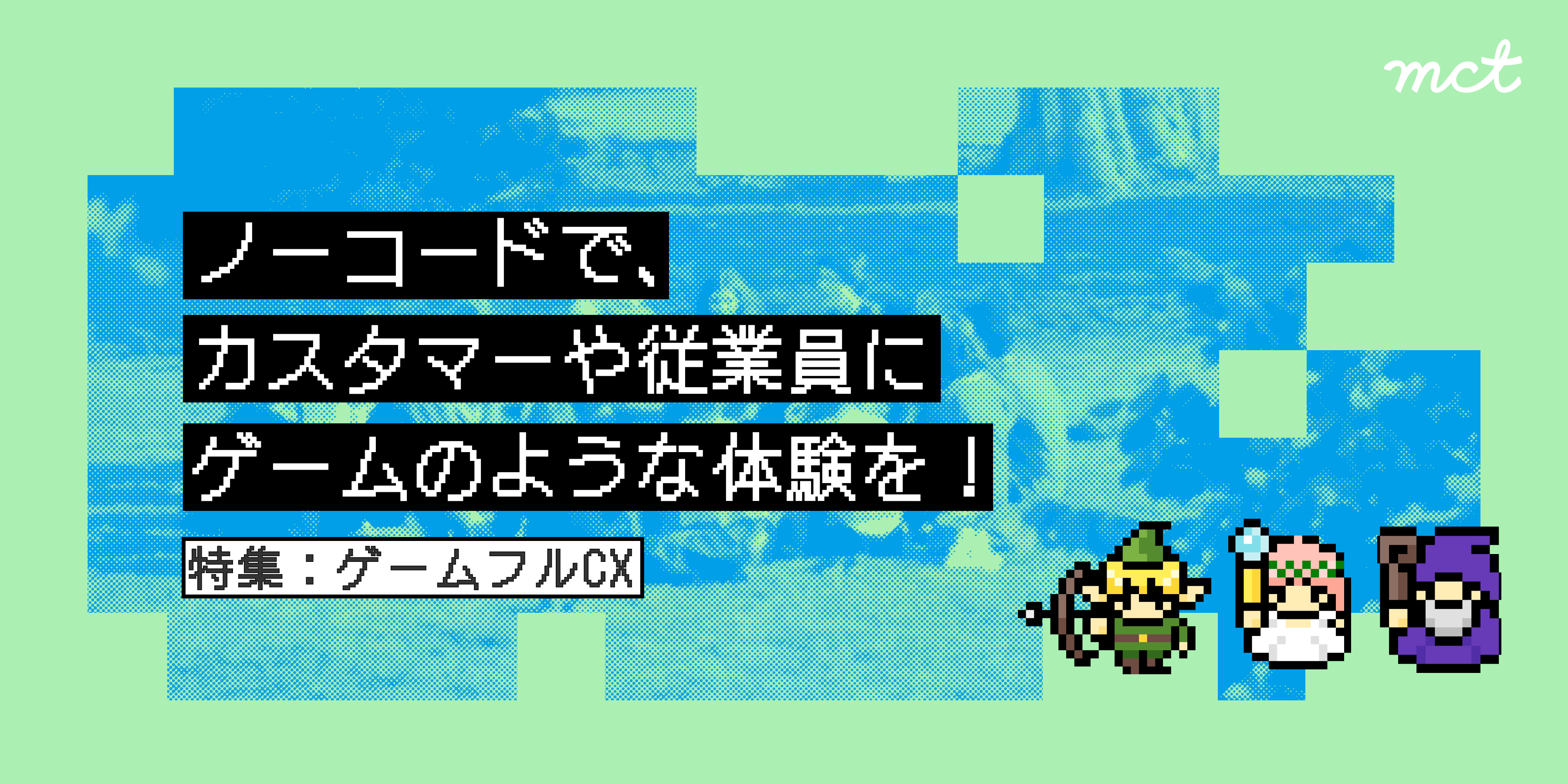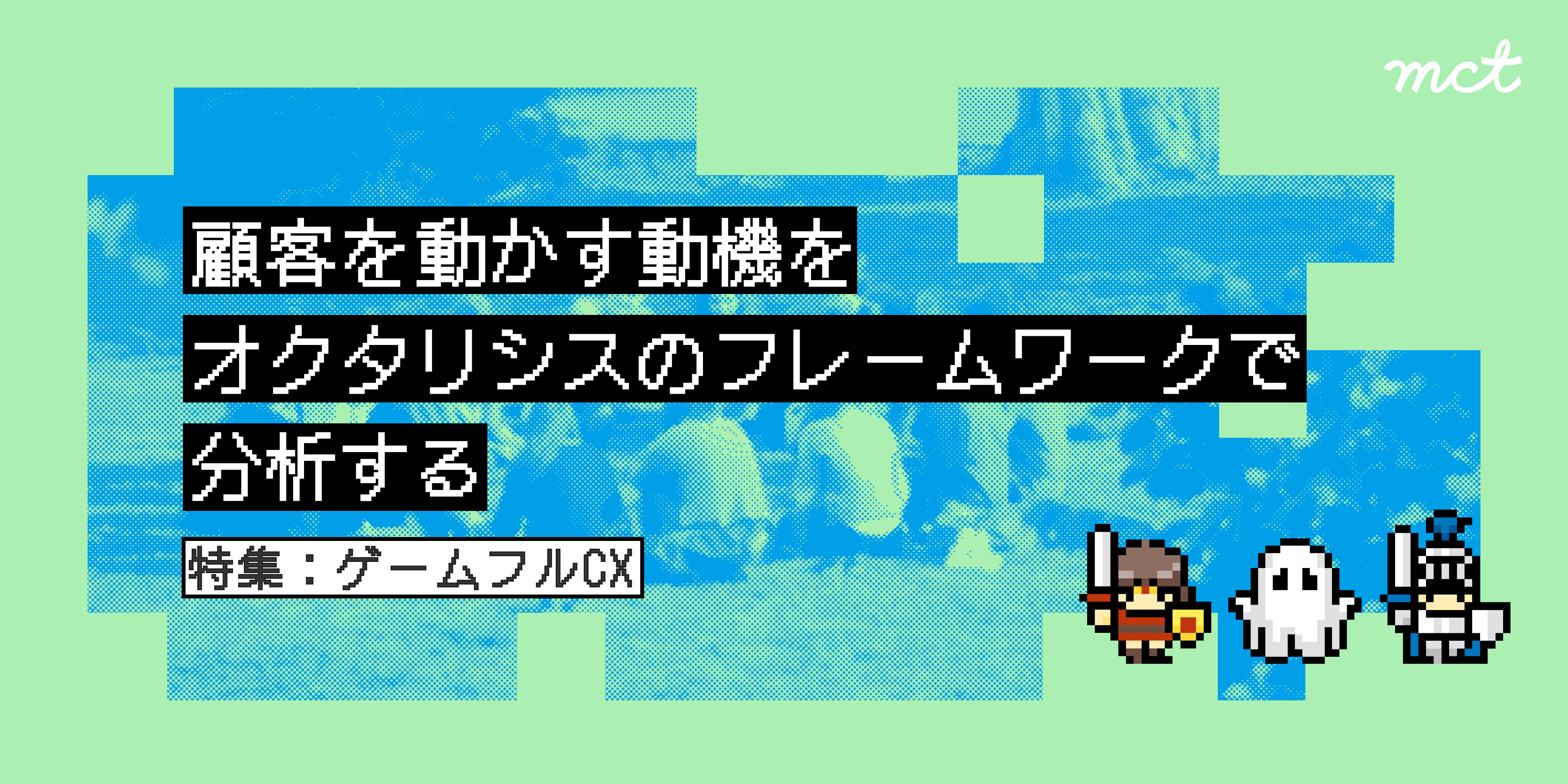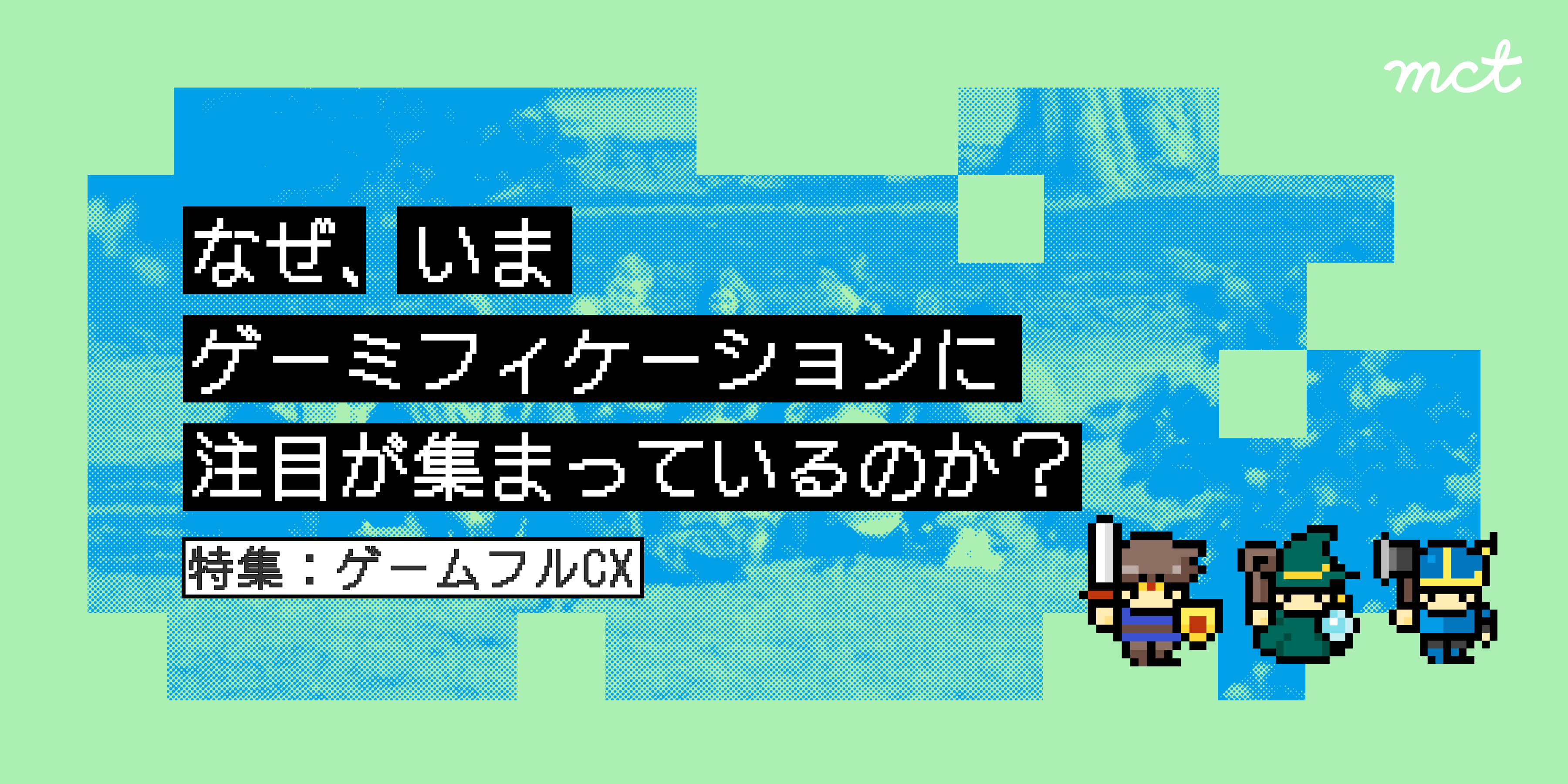2023.05.25
UXデザインとコ・クリエーション / UX design and co-creation

UXデザインとは何か?
UXデザイン(ユーザーエクスペリエンスデザイン)とは、ユーザーと製品とのインタラクション(やりとり)をデザインする取り組みです。そこには、製品の形状、ユーザーインターフェース、サポートサービスなど、製品にまつわるすべての側面が含まれます。UXデザインは、製品が定義された後、ユーザーを招いてコンセプトの評価とユーザービリティをテストする人間中心デザインのプロセスです。(通常、ユーザーはデザインの初期段階のクリエイティブなプロセスには関わりません)
コ・クリエーションは、実際に製品やサービスを実際に体験する人々をデザインの初期段階のプロセスに招いて、製品やサービスがどうあるべきかについて彼らが語ることができるようにする、UXデザインのもうひとつのアプローチです。コ・クリエーションには、ビジネスに関わる内部のステークホルダー(例:R&D, マーケティング、セールス、通信部門、エンジニアetc.)だけではなく、製品やサービスのユーザーといった外部のステークホルダーも参加させることができます。 コ・クリエーションを行うポイントとしては、ユーザーに製品やサービスについてのアイデアを出す権利を与えることで意欲をかきたたせ、ユーザーを巻き込みながらコンセプトを協創することです。
UXデザインにおけるコ・クリエーションでは、デザイナー、リサーチャー、ユーザーなどビジネス上のステークホルダー全員が、共通の目標に向かって協力的に取り組んでいる状態が理想です。しかし、コ・クリエーションをUXデザインに活かそうとしても、初めはなかなか思うようにはいきません。企業の中には、内部ステークホルダーでのコ・クリエーションを前もって行ったうえで、外部ステークホルダーとのコ・クリエーションを行う企業もあります。一方で、最初に外部とのコ・クリエーションを行い、そのあとに内部でコ・クリエーションを行う企業もあります。
UXデザインプロセスにおけるコ・クリエーションとは、一体どのようなものなのか?
コ・クリエーションはさまざまな形式で行われます。1対1でインタビューを行うこともあれば、3~5人の少人数グループでセッションを行うこともあります。参加者が多い場合でも、小さなワーキンググループに分けて行えば、ワークショップとしてコントロールすることができます。コ・クリエーションは、一度のみ行うこともできますし、毎週、毎月といったスパンで継続的に行うこともできます。少し難しいやり方かもしれませんが、一度対面でコ・クリエーションを行った後であれば、その後はモバイルを活用して行うこともできます。
コ・クリエーションの方法とツールは、UXデザインプロセスの段階によって異なります。未来の経験を探る初期段階では、イメージコラージュなどの手法がよいかもしれません。インスピレーションカードや、プロボケーション(挑発的に刺激する)カードもイメージを膨らませるのに役立ちます。ヴィジュアル的な刺激や想像力をかきたてるツールを使うことも内部および外部のコ・クリエーターがイメージやアイデアを表現することに役立ちます。
コ・クリエーションのワークショップの結果を分析する時に、誰かに手伝ってもらうのもよいでしょう。たとえば、エンドユーザーと一緒にコ・クリエーションの結果を理解する際に、内部のステークホルダーにも参画してもらうことができるかもしれません。そうすれば、内部のステークホルダーが、ユーザーのニーズや将来の夢についてより共感することができるようになります。
初期段階と同様に、後半の段階においても、コ・クリエーションは内部および外部のステークホルダーの理想的なシナリオを見極めることに役立ちます。この段階におけるコ・クリエーションは、ジャーニーマップやストーリーボード(絵コンテ)を作成するなど、紙ベースのツールを使用して進めることができます。また、未来のシナリオを演じてもらうなど、参加者が楽しめるようなやり方で未来の経験を探索することもできます。
将来の理想的なシナリオが明確になってからは、コンセプトのラフなプロトタイプを作成していきます。 この段階でのプロトタイプは、例えば製品コンセプトをベルクロモデル(表面をマジックテープで加工した直方体や円柱などの立体)で表現するなど、忠実度の低いツールを使います。また、ユーザーと製品とのインタラクションは、紙のワイヤーフレーム を使って表現することもできます。この段階が終わると、忠実度の高いプロトタイプに対してユーザーがどのようにフィードバックをするかを検証するといった、一般的な人間中心デザインプロセスになっていくのです。
なぜ、UXデザインにおいてコ・クリエーションを行うのか?
UXデザインにおいてコ・クリエーションを行うと、デザインプロセスを加速することができます。ステークホルダーをデザインプロセスの初期段階に招き入れることで、効率的に内部のコミュニケーションがとれるようになります。そして、リサーチとデザインを統合することで、全体のデザインプロセスを短縮することができるのです。
さらに、コ・クリエーションによって、人々が本当に求め、必要としている製品やサービス経験を作り出すことができます。デザインの初期段階に将来のユーザーに参加してもらうことで、早い段階で、求められている製品、サービスを定めることができ、より焦点を絞った設計・開発プロセスを辿ることができるでしょう。
UXプロセスにおいてコ・クリエーションをどのように始めればよいのか?
既存のUXプロセスにコ・クリエーションをブレンドしていくことが、よりよいコ・クリエーションの始め方です。ユーザーとのワークショップを試してもよいですし、内部のステークホルダーだけで始めてもよいかもしれません。より高度なステップとして、内部と外部のステークホルダーを同時に招いてワークショップを行うこともできますが、ある程度経験を積んでから行うほうがよいでしょう。
What is UX design?
User experience (UX) design addresses the interaction between users and products. This includes all the aspects of the product such as form and user interface as well as the supporting services. UX design follows a user-centered design process whereby users are brought into the process after the product has been defined in order to evaluate the product concept and to test the usability of the interface. Users are usually not invited into the creative process that takes place at the front end of design.
Co-creation is an alternative approach to UX design whereby the people who touch the product/service experience are brought into the design process at the front end so that they can have a voice in what the product/service should be. These people can include internal business stakeholders (e.g., R&D, Marketing, Sales, Communications, Engineering, etc.) as well as external stakeholders such as users. The key to co-creation is engaging, working with and empowering these people to generate ideas about what the product/service could be and then collaboratively creating concepts with them.
The ideal situation for UX design and co-creation is when designers, researchers, users and business stakeholders all work collaboratively toward a common goal. But this may not be possible when first bringing co-creation into the UX design process. Some companies will want to start with internal co-creation before using external co-creation. Others will want to start with external co-creation and add internal co-creation later.
What does co-creation in the UX design process look like?
Co-creation activities can be conducted in different ways. They can be done as one-on-one interviews or in small group sessions of 3 to 5 people. Larger workshops can also be handled if you break the large group into smaller working groups. The co-creation sessions can be one-time events or you can arrange an ongoing process that takes place weekly or monthly, for example. You can also use mobile methods of co-creation although these are more challenging and should be attempted only after you have experience with using face-to-face methods.
The methods and tools for co-creation differ for various stages of the UX design process. In the early front end when you are exploring future experiences you may want to consider the use of co-creation methods such as image collaging. Inspiration cards and provocation cards are also useful to have on hand to spark the imagination of the co-creators. Using visual stimuli and generative toolkits will help your internal and/or external co-creators to imagine and express their ideas for future experiences.
You can consider having your co-designers help you analyze (i.e., make sense of) the co-creation workshop results. For example, you might have internal stakeholders get involved in making sense of the results of co-creation sessions with end-users. This will help the internal stakeholders be better able to empathize with the users’ needs and dreams for the future.
Later in the process, but still in the front end, co-creation methods can help internal and/or external stakeholders explore alternative scenarios of use. Co-creation methods at this stage might include journey mapping exercises and storyboarding activities using paper-based toolkits. You might also consider having the co-creators act out future scenarios as a fun way for them to explore future experiences.
Once the future scenarios of use have been identified and described, the next phase involves rough prototyping of concepts. Co-creation methods at this stage might include low-fidelity prototyping toolkits such as Velcro-modeling for expressing product concepts. Paper wireframe templates can be used for expressing ideas about the user-product interactions.
After this stage the design process follows the traditional user-centered design process where the users are brought in to iteratively give feedback on higher-fidelity prototypes as the design is developed and refined.
Why would you want to use co-creation in the UX design process?
Co-creation in UX design can accelerate the design process. Inviting the business stakeholders into the front end of the design process will result in more efficient internal communication along the way. And by integrating research and design activities in the co-creation workshops, the overall design process will become shorter.
Co-creation can also help you create the product/service experiences that people really want and need. Inviting the future users into the front end of design will lead to quicker identification of the right products/services. This will lead to a more focused design and development process.
How do you get started in using co-creation in the UX process?
A good way to get started in using co-creation in the UX process is to blend it into your current UX process. You might try a co-creation workshop with users. Or you may prefer to start with internal stakeholders. Bringing both internal and external stakeholders together in a workshop is a more advanced step and one that you will want to try later on in your learning journey.
-

-
Liz Sanders
MakeTools 代表
- CX・顧客経験
- 組織デザイン
- インサイト
- グローバル
- 顧客中心
- ヘルスケア
- 患者理解
- 製薬
- サスティナビリティ
- 患者中心
- PPI
- PSP
- SDM
- ビジネスデザイン
- ペイシェント・セントリシティ
- イベント告知
- イノベーション
- デザイン思考
- 働き方
- DMN
- コ・クリエーション
- チームワーク
- セミナー
- 働き方改革
- ZMET
- エクスペリエンスデザイン
- futuredesign
- covid19
- エスノグラフィックリサーチ
- デザイン
- デザインリサーチ
- リモートコラボレーション
- ワークショップ
- 事業開発
- ソリューション
- CXマネジメント
- カスタマージャーニー
- オンラインワークショップ
- ギャップファインディング
- 従業員体験
- signal
- ブランディング
- 技術開発
- 101_design_methods
- フューチャーデザイン
- エンゲージメントデザイン
- サービスデザイン
- トレーニング
- メソッド
- シグナル
- 機会探索
- PlayfulNetwork
- マインドセット
- AI
- COM-B
- SDGs
- UIデザイン
- サーキュラーエコノミー
- フューチャー思考
- CSA Research
- UXデザイン
- mcTV
- プレイフル
- 事例
- 製品・サービス開発
- Forrester research
- フィールドワーク
- メタファー
- リフレーム
- Employeeexperience
- エフェクチュエーション
- カルチャーコード
- クルースキャン
- シグナル探索
- ビジネスデザインプログラム
- フレームワーク
- プロトタイピング
- CX4DX
- CultureMeetup
- PRO
- gamefulCX
- leadership
- mct labo
- お知らせ
- ゲームデザイン
- デザインスプリント
- トレンドリサーチ
- ビジネスモデル
- 映像編集
- MOT
- NELIS
- Remo
- インタラクションマップ
- デジタルエクスペリエンス
- デジタルツール
- バイアス
- ファシリテーション
- プロダクトジャーニー
- 学習
- LGBT
- wasedaneo
- インタビュー
- インプロ
- セルフドキュメンタリー
- デザインシステム
- デザイントレンド
- デザインマネジメント
- デジタル
- ベンチマークリサーチ
- リーダーシップ
- リーンスタートアップ
- ロードマップ
- 伴走型支援
- 創造性開発
- 動的安定性
- 反脆弱性
- 学習体験デザイン
- 市場調査
- 測定
- 用途開発
- 研修
- 経営戦略
- 調査設計
- 資本提携




